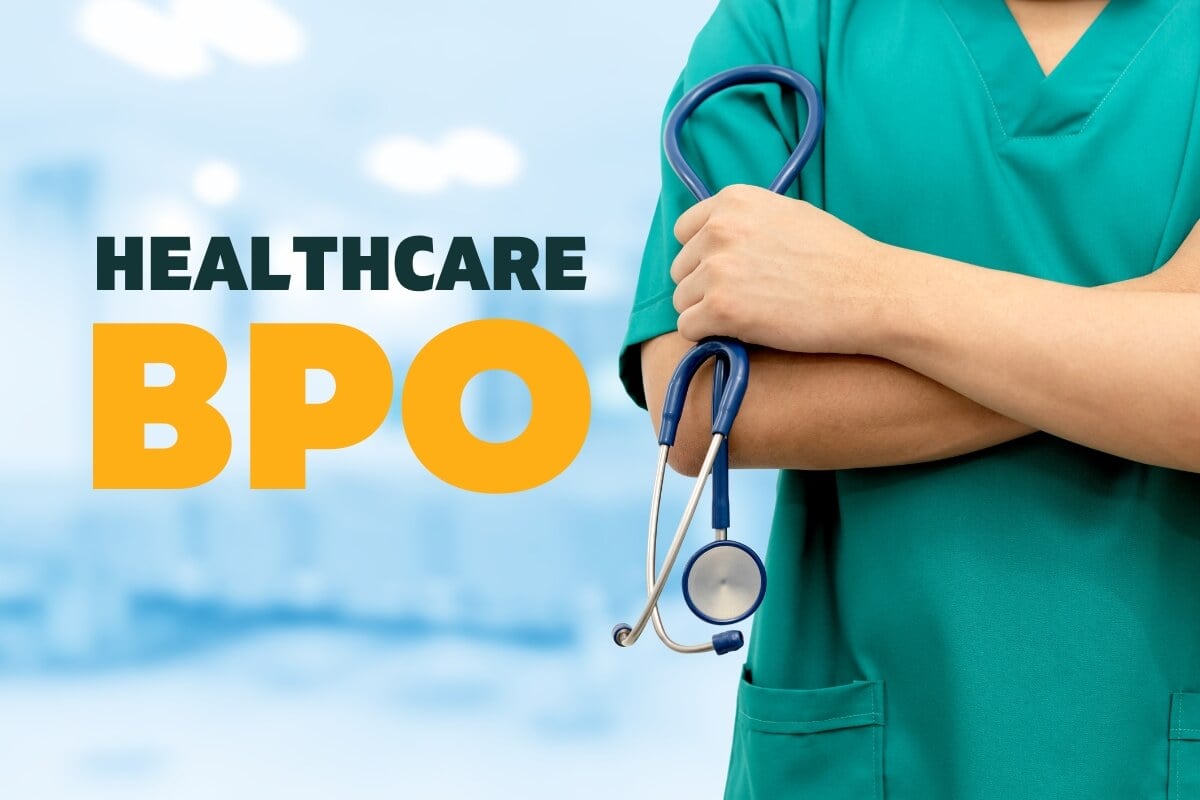Comprehensive Healthcare RCM for Improving Person Payment and Settlements
Comprehensive Healthcare RCM for Improving Person Payment and Settlements
Blog Article
A Comprehensive Overview on Just How Healthcare RCM Functions to Streamline Payment and Collections
Navigating the complexities of health care profits cycle administration (RCM) is crucial for suppliers aiming to boost their payment and collections processes. The guide unloads the details of RCM, from patient registration to balance dues management, supplying insights right into optimizing each step. Incorporating advanced innovation and standardized procedures can substantially minimize claim denials and accelerate repayment cycles. Yet, real difficulty depends on effortlessly combining these aspects to improve capital. As we check out the core components and strategies that drive performance, one inquiry stays: just how can health care entities finest position themselves to grow monetarily in an ever-evolving market?
Understanding Profits Cycle Monitoring
Comprehending the intricacies of Income Cycle Administration (RCM) is important for healthcare companies aiming to maximize their monetary efficiency. RCM is an essential administrative feature that includes the whole economic process of client treatment, from the initial consultation setting to the final repayment of the equilibrium. It is a complex procedure created to determine, gather, and manage the income from the solutions provided to patients. Efficient RCM makes certain that health care providers receive exact and prompt payments, reducing the danger of profits loss and enhancing cash flow.
The RCM procedure starts when a patient schedules an appointment and prolongs with the individual's treatment trip, consisting of payment and collections. A vital purpose is to minimize the time in between supplying a service and getting payment, hence enhancing the company's monetary health. RCM entails various features such as patient registration, insurance verification, charge capture, coding, declares submission, settlement posting, and taking care of charms and denials.
Trick Parts of RCM
In the world of Income Cycle Administration (RCM), understanding its key parts is essential to achieving financial efficiency within medical care organizations. RCM is a thorough process that encompasses various phases, each essential to making certain effective payment and collections. The main elements include patient registration, insurance coverage verification, charge capture, coding, case submission, settlement publishing, and receivable administration.


When coded, claims are sent to payers, where precision is paramount to prevent delays or beings rejected - Healthcare RCM. Repayment uploading entails recording the received settlements, which enables the settlement of accounts. Finally, accounts receivable monitoring concentrates on tracking and dealing with overdue cases, making sure timely follow-up and resolution
Each component of RCM is interconnected, and ineffectiveness in any component can interrupt the entire cycle. As a result, grasping these aspects is necessary for doctor to enhance revenue and boost their monetary wellness.
Methods for Efficient Payment

Systematizing billing treatments throughout the organization is another essential approach. Developing clear guidelines for documentation, coding, and submission aids keep consistency and conformity with regulative demands. Educating staff frequently on these procedures guarantees everyone is updated with the most recent changes in payment codes and payer policies.
Accurate fee capture is important in preventing profits leakage. Applying routine audits and tracking systems enables the identification and improvement of disparities before they influence income. In addition, maintaining open lines of interaction with payers helps go to my site to quickly resolve any disagreements or misunderstandings that may emerge.

Lastly, engaging patients early in the billing procedure by giving clear estimates and instructional materials concerning their economic responsibilities can substantially reduce complication and enhance repayment timeliness. These approaches collectively add to a much more monetarily healthy and reliable invoicing system.
Enhancing Collections Procedures
Offered the complexities of clinical invoicing and the variety of payer requirements, improving the collections procedure involves executing tactical actions that ensure timely and precise payment of services provided. Automation tools can assist in tracking insurance claim statuses, sending out timely pointers to patients, and handling denials more successfully.
Transparent and clear patient communications are crucial. Providing comprehensive descriptions of charges and offering versatile payment plans can increase individual fulfillment and prompt repayments.
Regular audits of the collections procedure should be carried out to identify areas for improvement and make certain compliance with policies. By evaluating data, healthcare companies can determine patterns, prepare for potential concerns, and adjust techniques appropriately (Healthcare RCM). Eventually, a well-enhanced collections procedure not only supports financial health but additionally adds to a more seamless experience for clients and team alike
Optimizing Profits Streams
Structure upon the foundation of a solid collections process, medical care organizations can further strengthen their financial stability by strategically enhancing profits streams. This includes a multi-faceted strategy, beginning with a comprehensive analysis of existing earnings resources to recognize ineffectiveness and areas for development. Utilizing advanced information analytics tools allows companies to gain insights into payer mix, individual demographics, and solution utilization patterns, permitting data-driven choices that enhance earnings capture.
Executing automated invoicing systems can dramatically reduce errors and speed up insurance claims refining, making certain that revenue is collected a lot more efficiently. Furthermore, optimizing payer contracts with normal settlements can boost compensation prices and terms, straight influencing the bottom line. Diversifying solution offerings, such as including telehealth or health care, can likewise bring in a wider person base, therefore boosting earnings potential.
Another vital part is improving client involvement and complete satisfaction, as satisfied people are extra most likely to follow therapy strategies and make timely payments. Offering versatile repayment options and clear billing methods can boost collections and foster client loyalty. Healthcare RCM. By embracing these strategies, medical care organizations can produce a more resilient monetary framework, guaranteeing sustained development and stability in an ever-changing industry landscape
Verdict
In final thought, healthcare Income Cycle Management (RCM) plays my response an important role in optimizing billing and collections procedures by integrating crucial components such as client registration, insurance verification, cost capture, coding, declares entry, and balance due administration. By employing sophisticated innovation, systematizing treatments, and cultivating patient interaction, doctor can dramatically minimize case rejections, speed up settlement cycles, and boost money circulation. This thorough approach to RCM ultimately leads to enhanced monetary efficiency and sustainability for medical care companies.
The RCM process starts when a person schedules a visit and prolongs via the patient's care journey, including invoicing and collections.One more essential component is boosting person engagement and contentment, as pleased individuals are more likely to stick to treatment strategies and make timely repayments. Supplying flexible settlement choices and transparent invoicing practices can enhance collections and foster individual click reference loyalty.In final thought, health care Earnings Cycle Administration (RCM) plays an important function in enhancing payment and collections procedures by incorporating crucial elements such as person registration, insurance coverage verification, cost capture, coding, asserts submission, and accounts receivable administration. By using sophisticated modern technology, systematizing procedures, and cultivating patient engagement, healthcare companies can substantially reduce case rejections, speed up settlement cycles, and improve cash flow.
Report this page